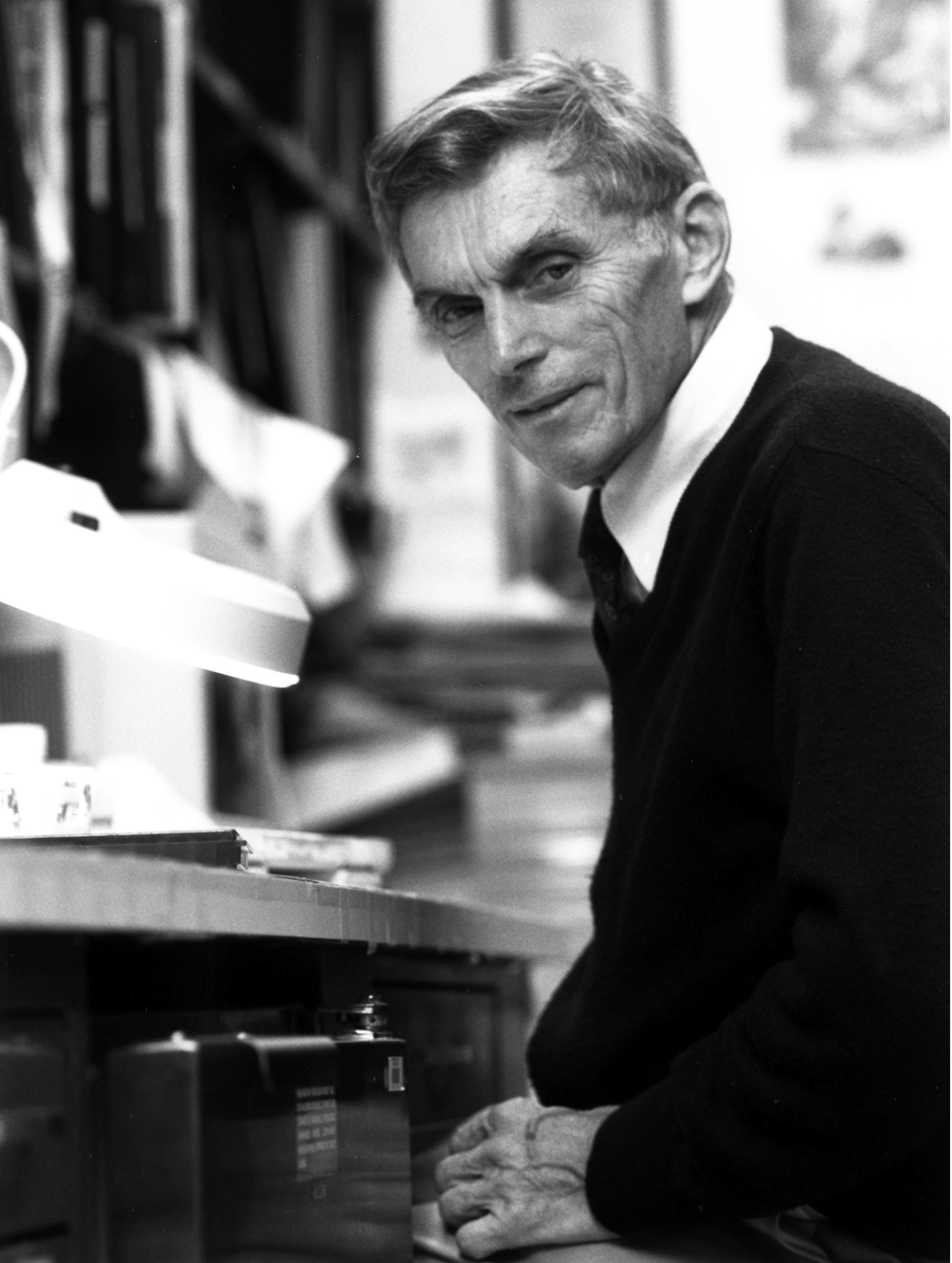...
| Dive | |||||||||||||||||||
|---|---|---|---|---|---|---|---|---|---|---|---|---|---|---|---|---|---|---|---|
| |||||||||||||||||||
|
...
| Dive | ||||||||||||||
|---|---|---|---|---|---|---|---|---|---|---|---|---|---|---|
| ||||||||||||||
|
| Dive | ||||||||||||||
|---|---|---|---|---|---|---|---|---|---|---|---|---|---|---|
| ||||||||||||||
|
...
Additional Resources & Information
Museum Artifacts
Artifacts from the collection of the Office of NIH History and Stetten Museum, a few of which can be found in this section.
Resources
The Resources page aims to collect a number of sources used in creating this exhibit and to assist those who are exploring the life and work of Michael Potter beyond this exhibit.
Acknowledgements
This exhibit could not have been created without the many contributions from the collaborators, friends and family of Michael Potter, in addition to the professionals who help to preserve the good work of researchers at the NIH. Read more on the Acknowledgements page.
...


